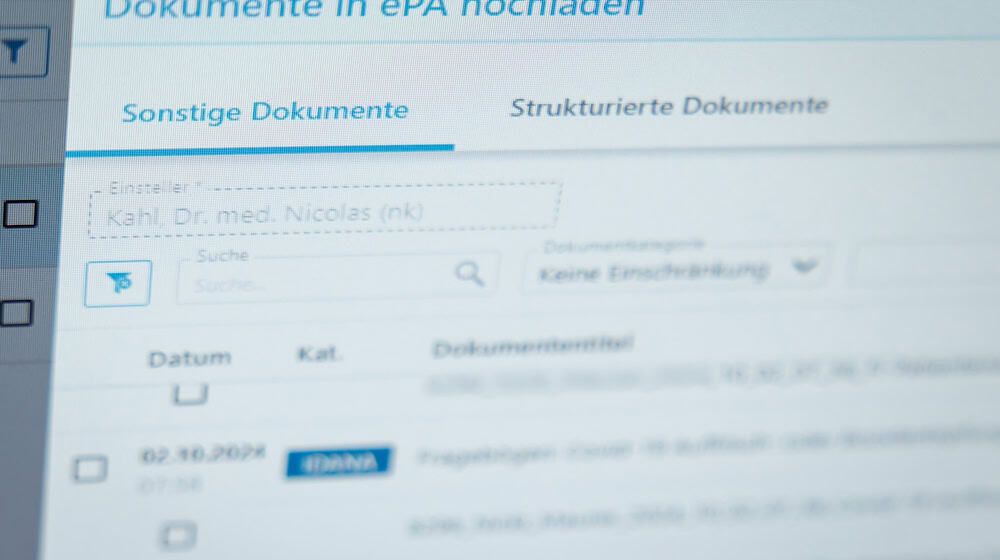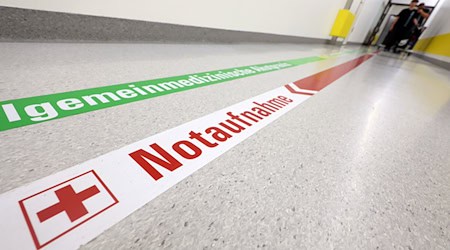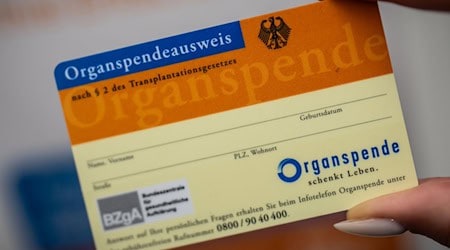According to the Association of Statutory Health Insurance Physicians (KV), the technical requirements for the mandatory launch of the electronic patient file (ePa) are in place at most practices in Saxony. According to the latest figures, more than 90 percent of software providers had made the ePA module available to practices by October 1, 2025, according to an inquiry. More are to follow.
From October 1, doctors will be obliged to use the electronic patient file and store new diagnoses and findings in the e-file. The ePA is intended to facilitate the exchange of documents between different medical practices or with pharmacies, for example. The ePA should be able to accompany patients throughout their lives. By bundling findings, laboratory values or information on medication centrally, it should contribute to better treatments.
In general, doctors can fill in and view the ePA even if patients are not actively using it. When inserting the insurance card at the registration counter, access rights are granted for 90 days by default. Patients can log into their ePA, but do not have to. Only if they do can they specify online which doctors can and cannot see which data.
In Saxony, the ePA is already part of everyday treatment in some practices, while other practices are currently organizing the use of the ePA in practice operations, as the KV also announced. "We are currently receiving an increasing number of enquiries about the ePA at the KV Saxony, which indicates that practices are intensively addressing the issue." According to the KV, there are 6,946 practices in the state with a license to operate as statutory health insurance physicians.
There have also been repeated technical failures in recent months. During these times, practices can only use the ePA to a limited extent. In addition, there are still qualitative differences in the implementation by the individual providers of the practice management systems.
The feedback from the medical profession regarding the ePa varies, as reported by the KV. Some practices spoke of additional time expenditure, while others have already seen the first added value from the electronic patient file. These are additional information in the context of the anamnesis discussion, because findings of co-treating colleagues are available in the ePA and thus duplicate examinations can be avoided.
Copyright 2025, dpa (www.dpa.de). All rights reserved










